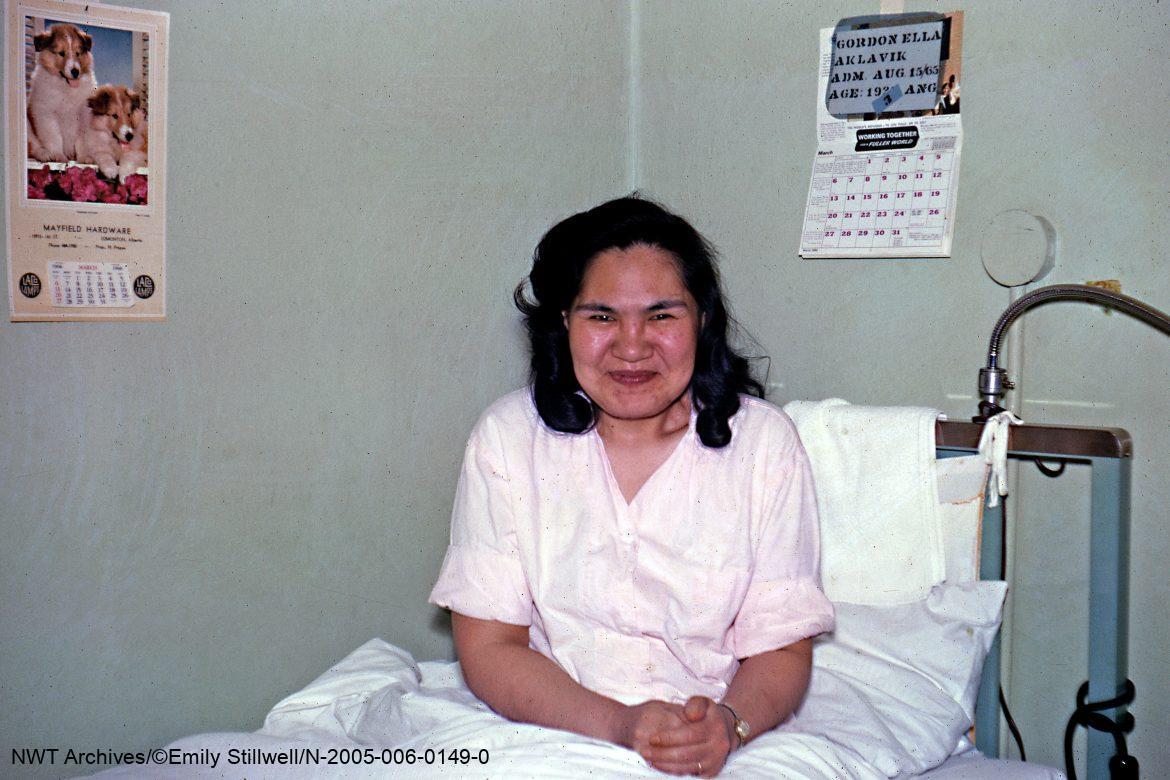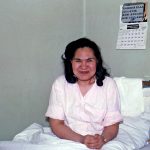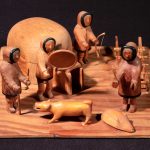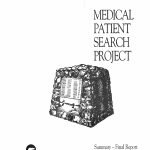1946
Charles Camsell Hospital
In 1946, what was formerly a Jesuit College and later an American Army base became the Charles Camsell Indian Hospital in Edmonton. Charles Camsell Indian Hospital was one of a network of so-called “Indian hospitals.” These institutions were integral to the colonial system, providing medical care while keeping Indigenous people segregated and under-resourced.
Respiratory infections were high in Canada throughout the first half of the 20th century. Antibiotic treatment for tuberculosis (TB) was not a common practice until after 1950. The standard medical protocol was to remove patients from their environment and place them in treatment hospitals until the symptoms improved. Tuberculosis sanatoriums dotted Canada, including two “Federal Indian Sanatoriums,” which segregated Indigenous patients from the larger Canadian population. One of the segregated facilities was in Hamilton, Ontario and the other in Edmonton, named after a prominent Northwest Territory geologist, Charles Camsell.
Sick people were taken to the Camsell Hospital by airplane and the C.D Howe Arctic Federal supply ship. During the lifespan of the hospital it housed thousands of Indigenous people, including children from the NWT and western Nunavut, identified as suffering from TB.
Many northern Indigenous people never returned home. Families often were left without any idea of what happened to their relatives, nor any records or marked graves. Some, including children, were returned to the wrong community because of a misunderstanding of names and languages. Children were sent south for treatment without caregivers, and families received little information about their well-being. Some Indigenous children were mistreated, isolated without family for years, or exposed to experimental treatments that left them incapacitated. Others remember it as a time of healing.
The time away from home could extend into years. Abe Okpik remembers, “When I first went down, I was in the Misericordia Hospital for one year. I went to the Charles Camsell Hospital in 1946, and in August 1948, I went home. I spent almost three years there, 36 months to be exact. I got home in the fall, late August. There was snow on the ground already. My father had died in the meantime, and my mother was living with her daughter.”
Tuberculosis treatment remains a complicated story. Active medical intervention in the North was not yet clinically possible, and death rates were high in untreated patients. However, TB had been present for many years without evacuations, and consent was rarely sought nor support offered to the patient or families. Many Indigenous peoples’ time in hospitals was extended because of a misguided colonial understanding of conditions in the North. Antibiotic access ultimately reduced the severity of the cases, and Charles Camsell became a multi-use medical facility for northern Indigenous clients before closing in 1996.
A cairn at the St. Albert Cemetery remembers those buried within the cemetery from the North. At Enoch First Nations Winterburn cemetery, a cairn marks “people from as far away as the Northwest Territories” buried on their land.






